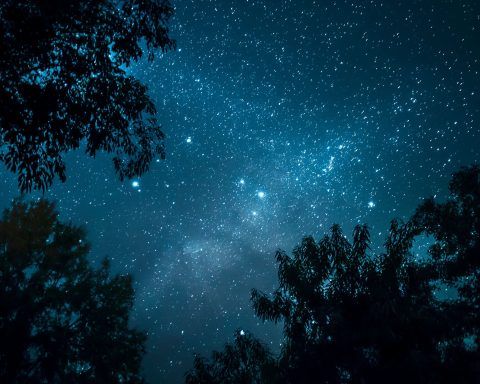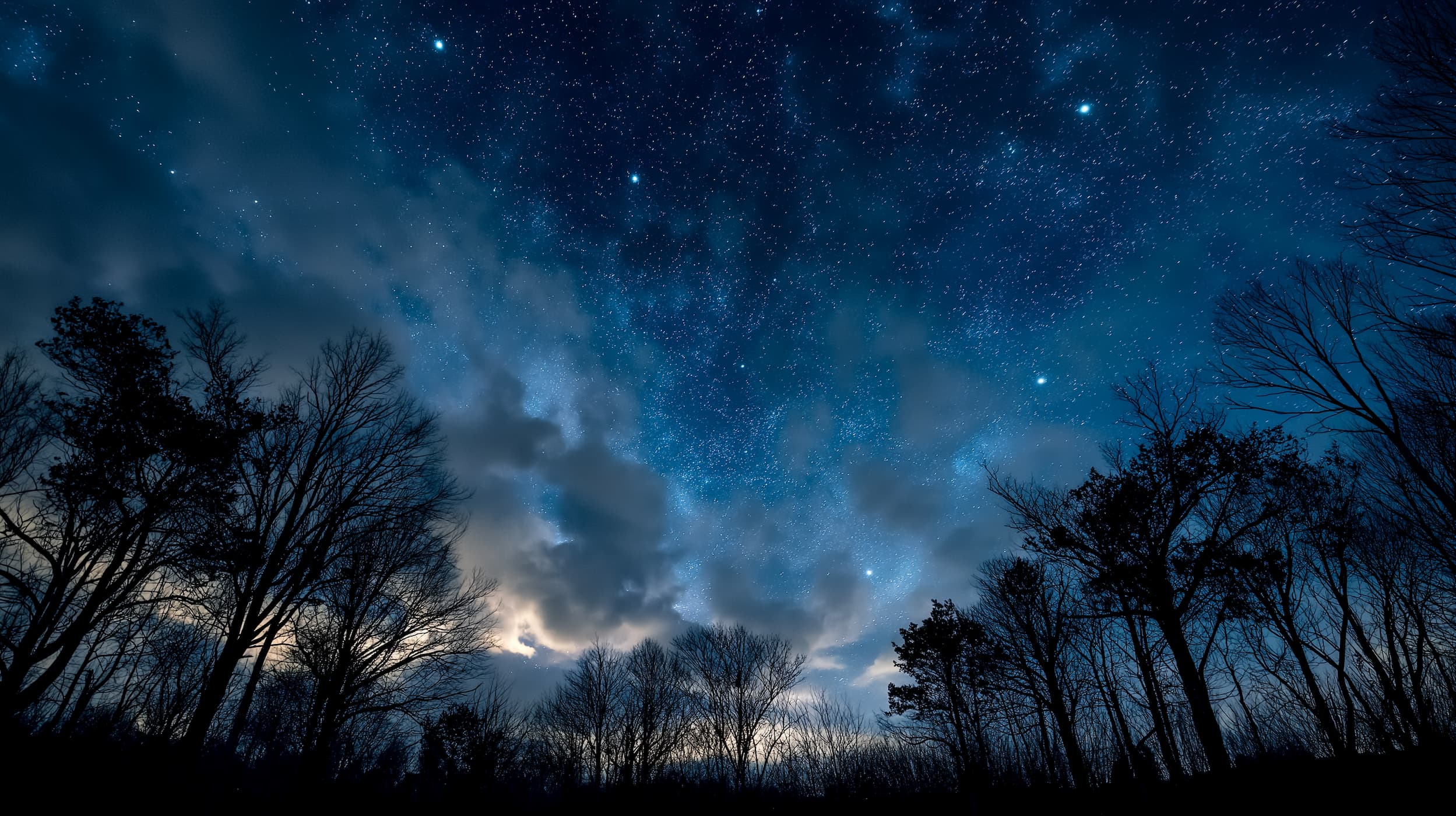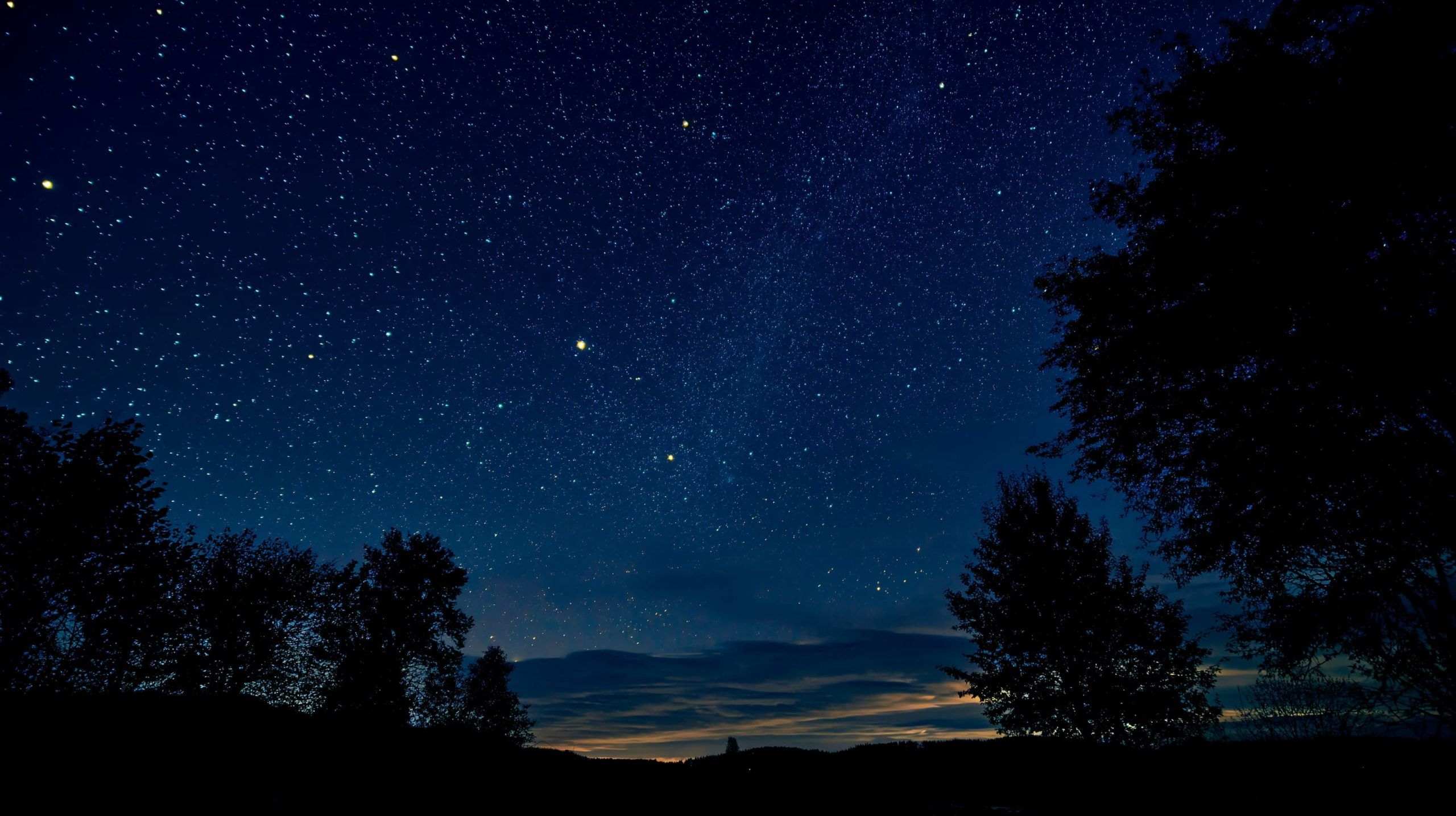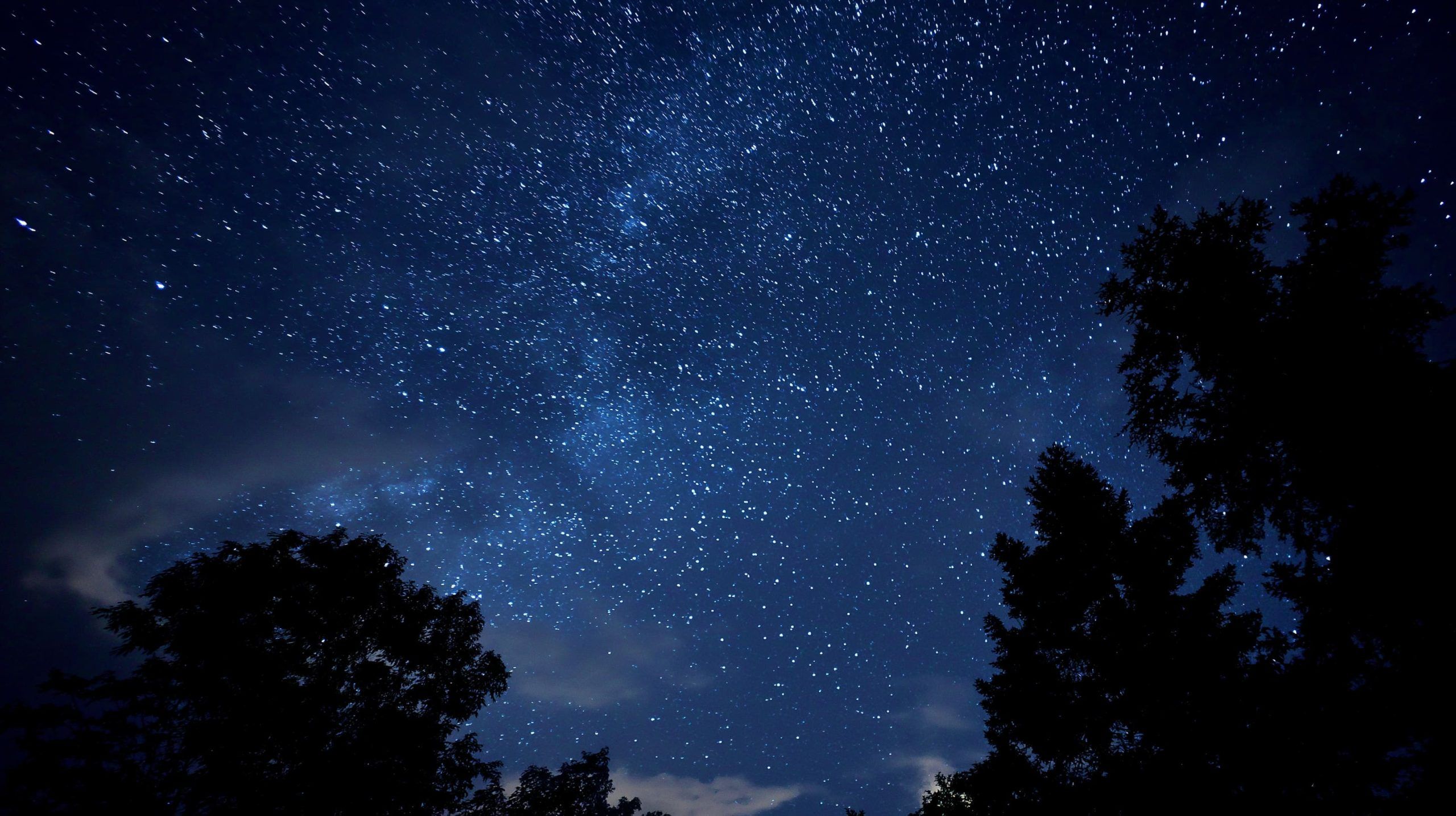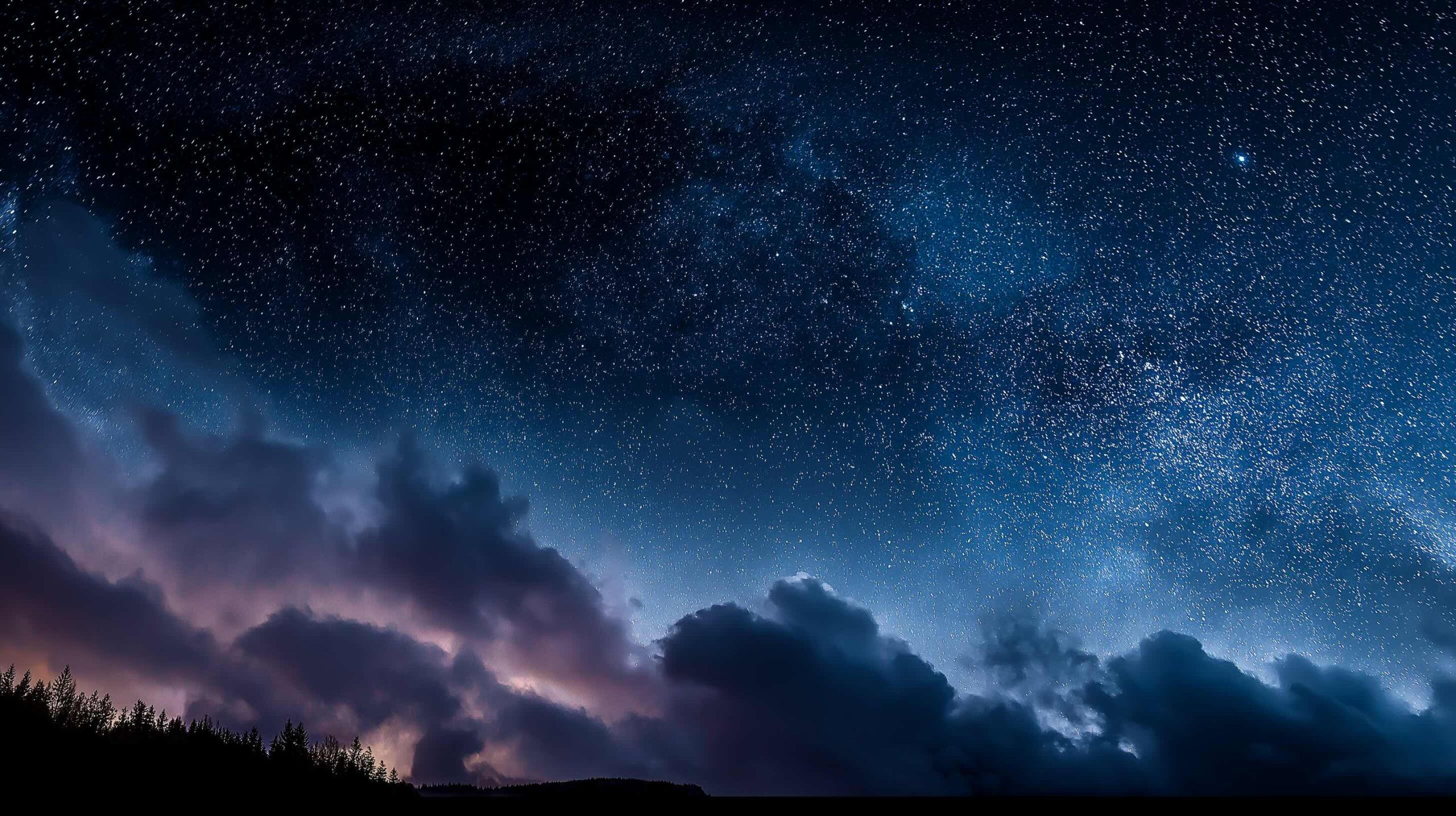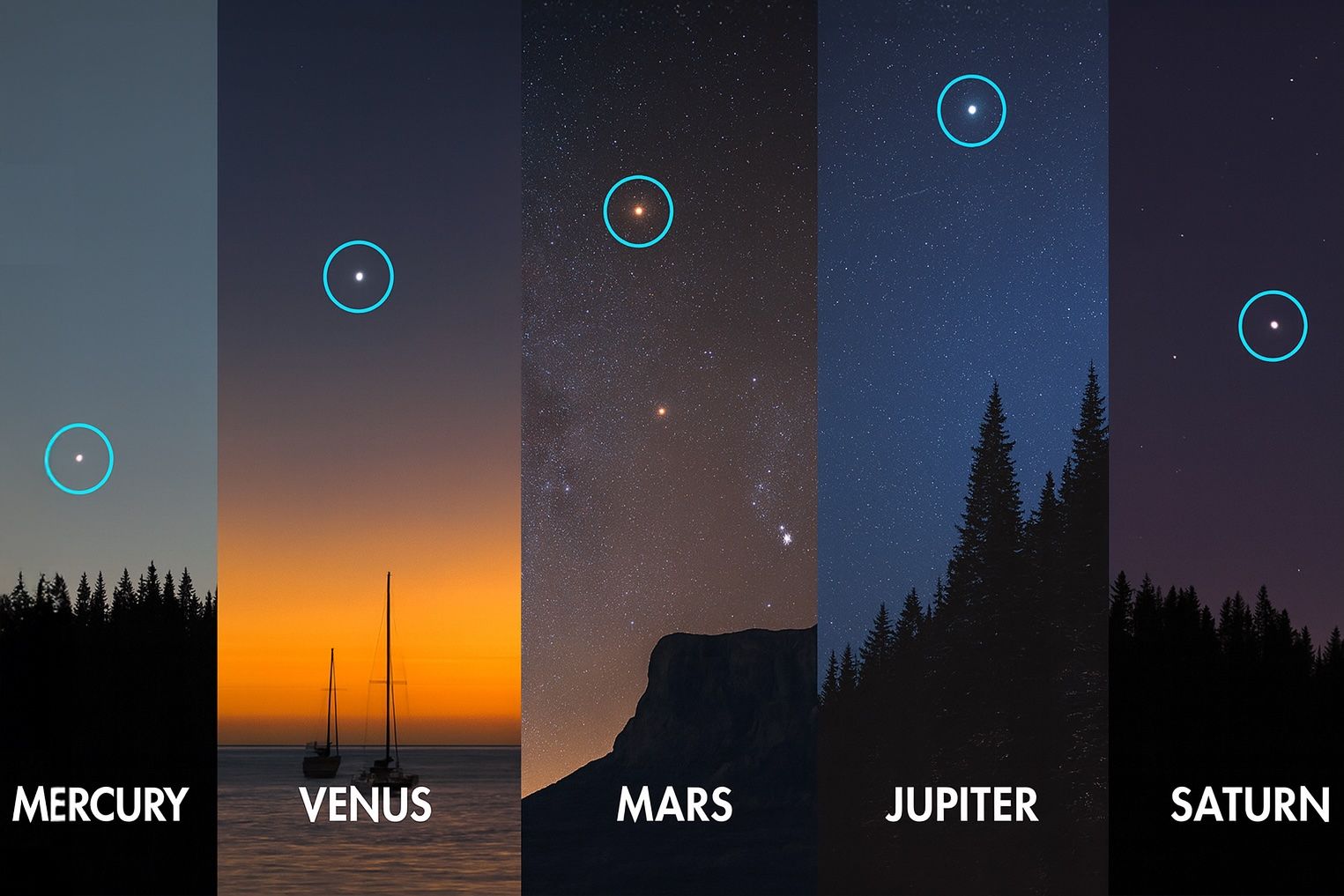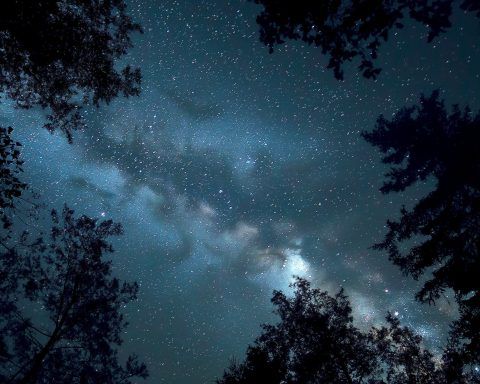
Spectacular October 2–3, 2025 Skywatch Alert: Meteor Showers, Planets & Aurora on the Horizon
Meteor Showers: Draconids & Orionids Early October brings the Draconids and Orionids meteor showers. NASA’s skywatching notes explain that the Draconids (debris from comet 21P/Giacobini-Zinner) will streak through the sky Oct. 6–10 nationalgeographic.com. In a perfect dark sky the Draconids
